How to create an FM bassline using Massive X's phase modulation oscillators
More on the flexible softsynth
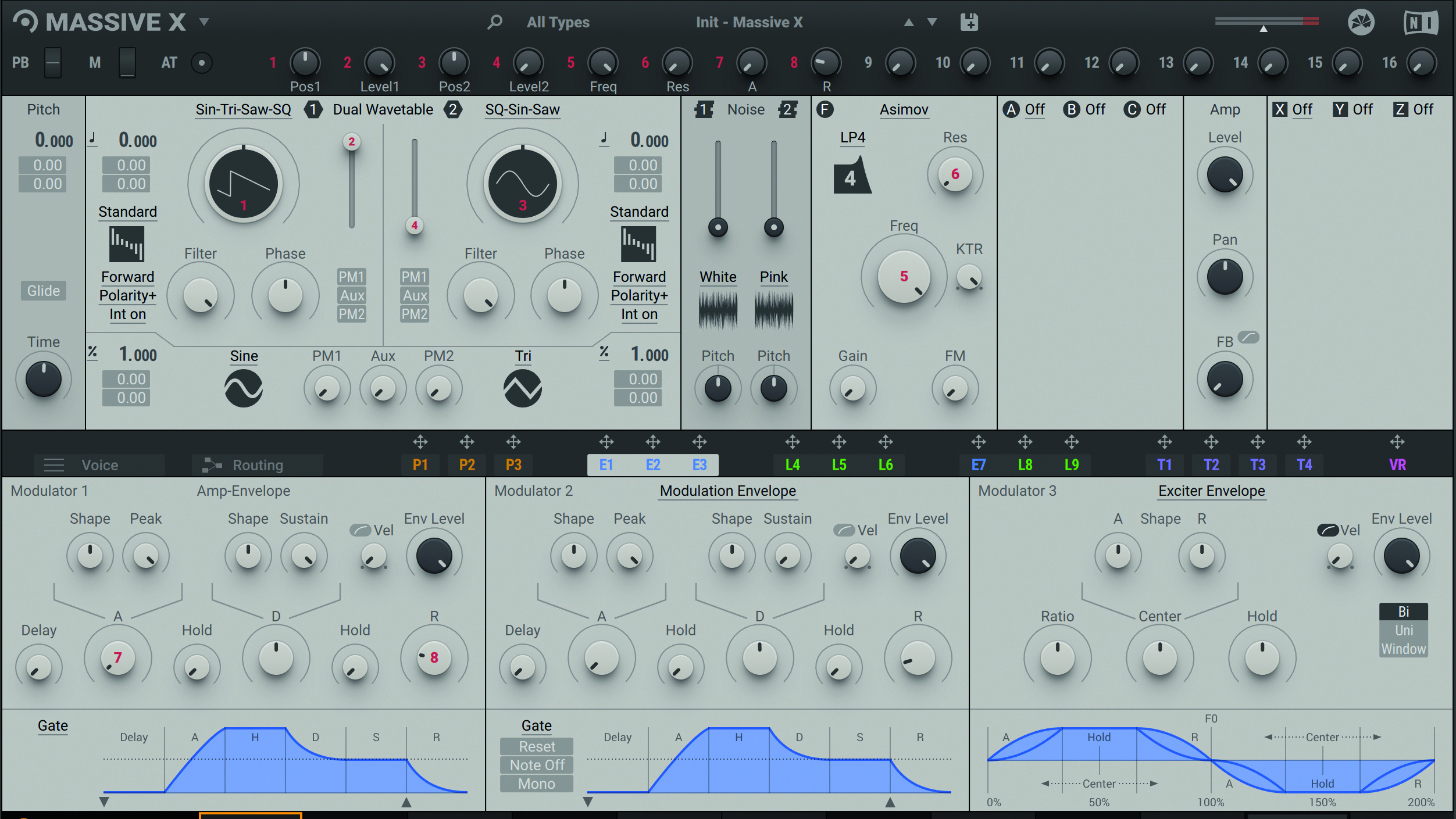
As the weapon of choice for countless dubstep, DnB and bass producers over the last decade, NI’s Massive is considered the most iconic software synth of all time, packaging once-complex digital wavetable synthesis in a user-friendly, VA-style interface that set new GUI design standards.
A pair of Phase Modulation oscillators sits under the two main wavetable oscillators. For all intents and purposes, phase modulation synthesis equates to frequency modulation, meaning that Massive X can be used as a powerful FM-style synth if needed.
How to build a basic square wave bass sound in NI's Massive X synth
First look video: Native Instruments Massive X

Step 1: Begin with the default Init – Massive X patch.
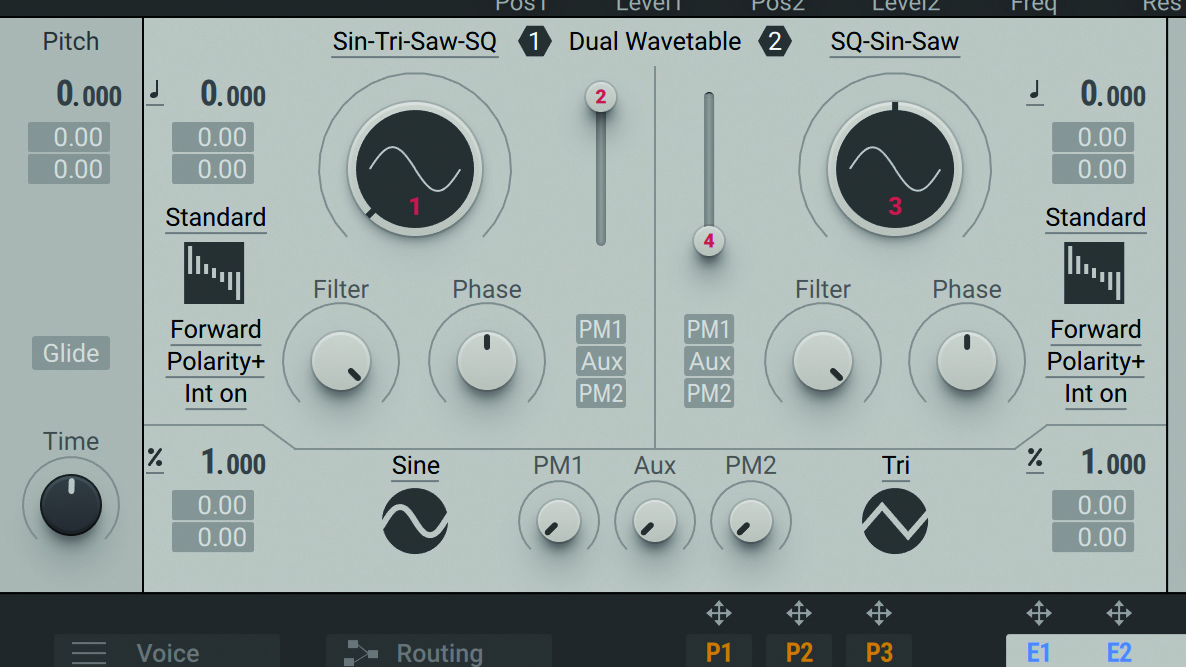
Step 2: Play a simple monophonic riff in the G1 region. Only Osc 1 is playing, and by dragging its wavetable Position dial fully anticlockwise, we’re left with the most basic of sounds: a pure sine wave. This will be our ‘carrier’ (ie, audible) oscillator.
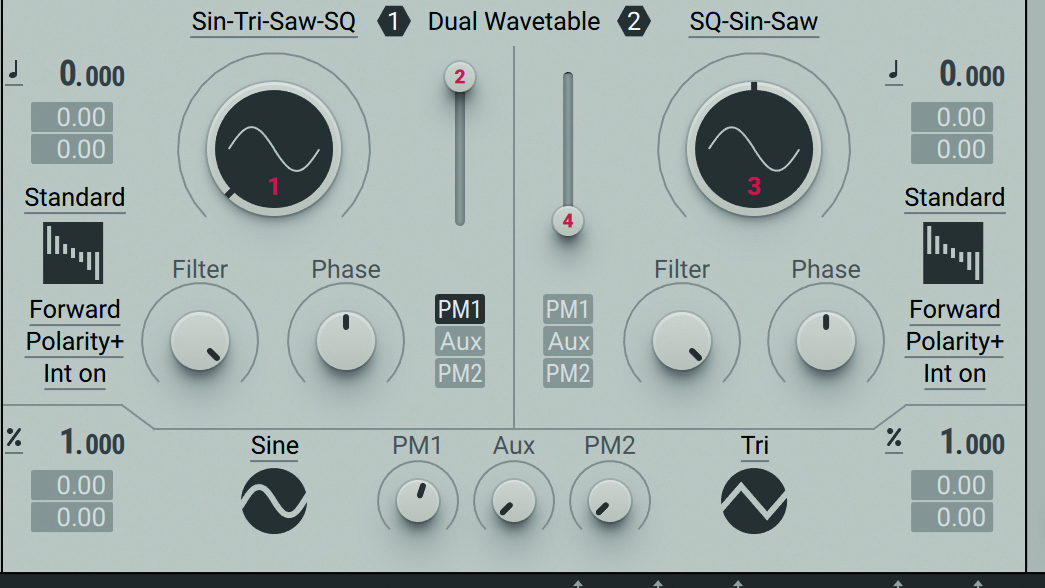
Step 3: Massive X’s two inaudible Phase Modulation oscs – ‘operators’ in FM speak – can modulate the frequency of the two audible oscillators. Lighting up Osc 1’s PM1 button engages the first Phase Modulation osc’s effect over Osc 1, and raising the PM1 dial intros the effect. Hear how the sine’s timbre gets more complex as the PM osc adds sideband harmonics.

Step 4: To control the influence of PM1’s effect over the course of each new note, hook up a modulator (the Exciter Envelope is a good choice) to quickly open and close Osc 1’s PM1 amount. A tight introduction over the front end of each note creates an initial percussive strike, giving us a typical FM house or techno bass sound.
Want all the hottest music and gear news, reviews, deals, features and more, direct to your inbox? Sign up here.
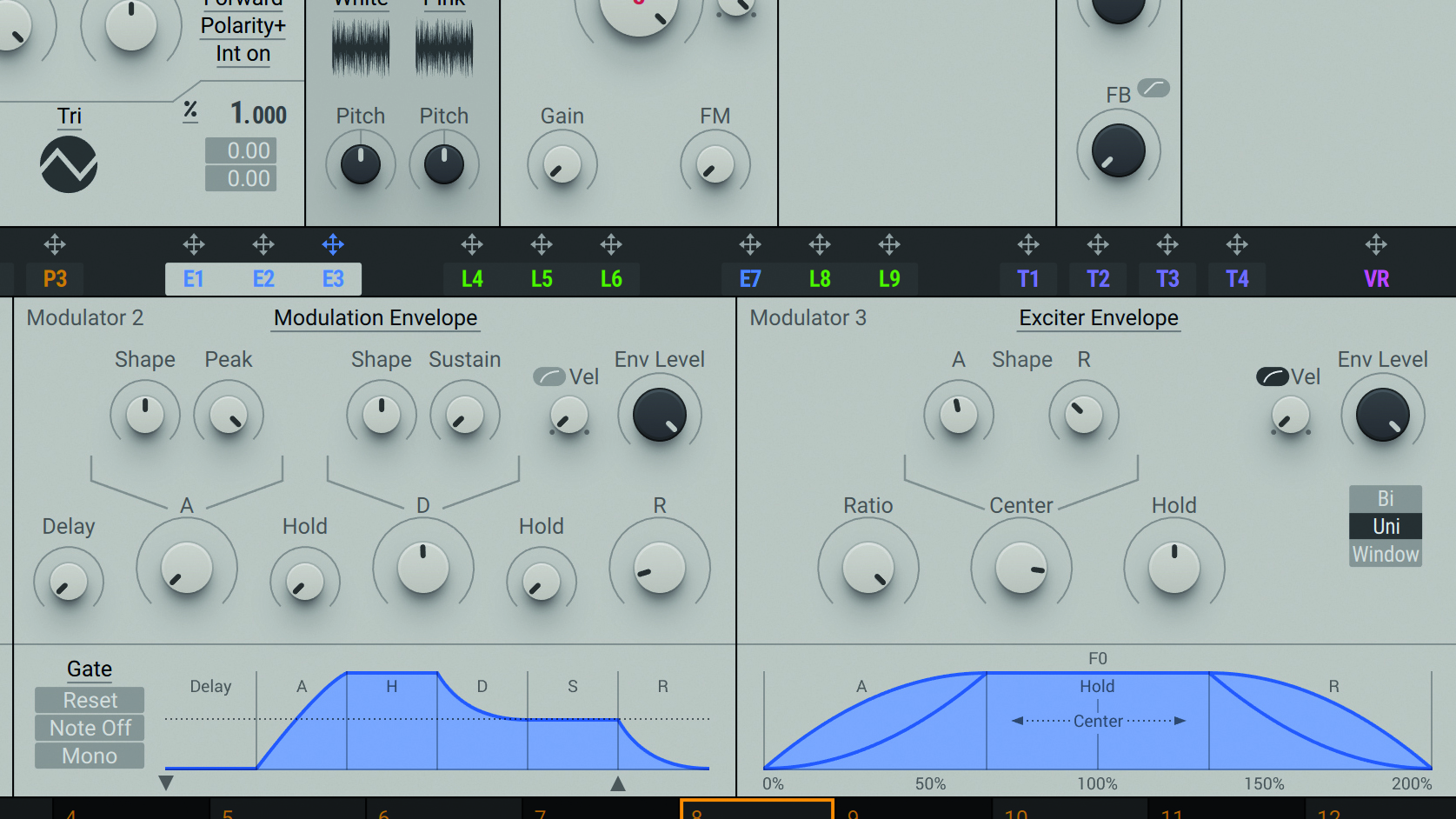
Step 5: Contrastingly, by introducing the modulation envelope’s influence over PM1 amount more slowly, the phase modulation becomes less of a sharp ‘donk’ and more of a ‘warp’ effect. This is more of a bass sound you’d hear in garage or grime. Take time adjusting envelope settings to fine-tune the timbral change over time.
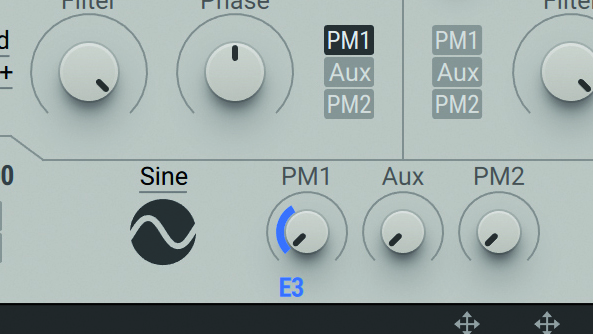
Step 6: The PM oscillator’s Ratio amount sets the mod osc’s tuning in relation to the main oscillator. Experiment with different values to hear the impact this makes to the resulting change in timbre – high ratio values create are useful for creating more dissonant ‘screech’ effects, while a lower ratio of ½ gives us a thicker ‘wob’ timbre.
Computer Music magazine is the world’s best selling publication dedicated solely to making great music with your Mac or PC computer. Each issue it brings its lucky readers the best in cutting-edge tutorials, need-to-know, expert software reviews and even all the tools you actually need to make great music today, courtesy of our legendary CM Plugin Suite.
